Automated qPCR
with Synthace
Run accurate, automated, flexible, liquid handling qPCR protocols—then gather all your data in one place—all without writing any code.
Request a Demo Take a tour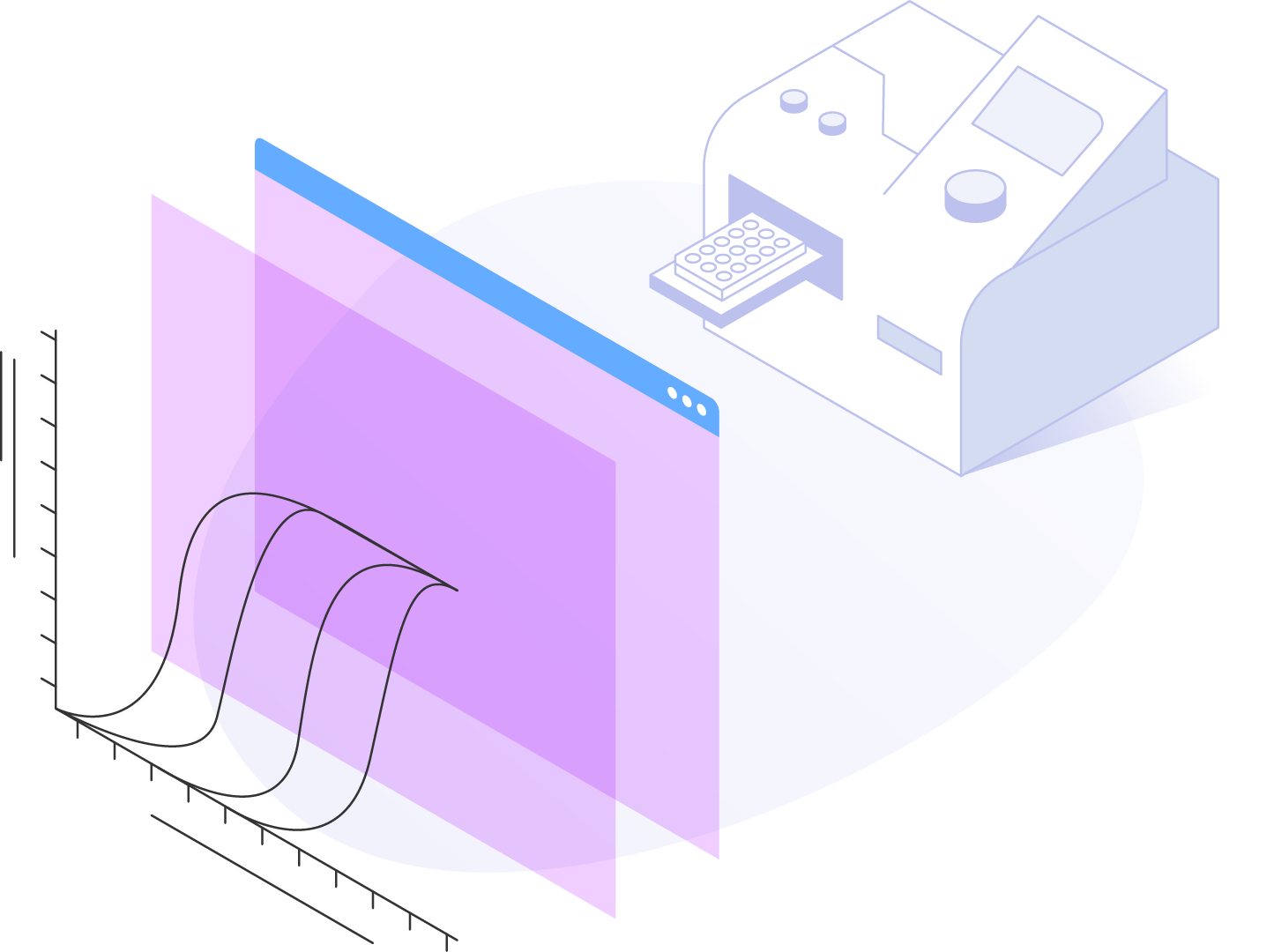
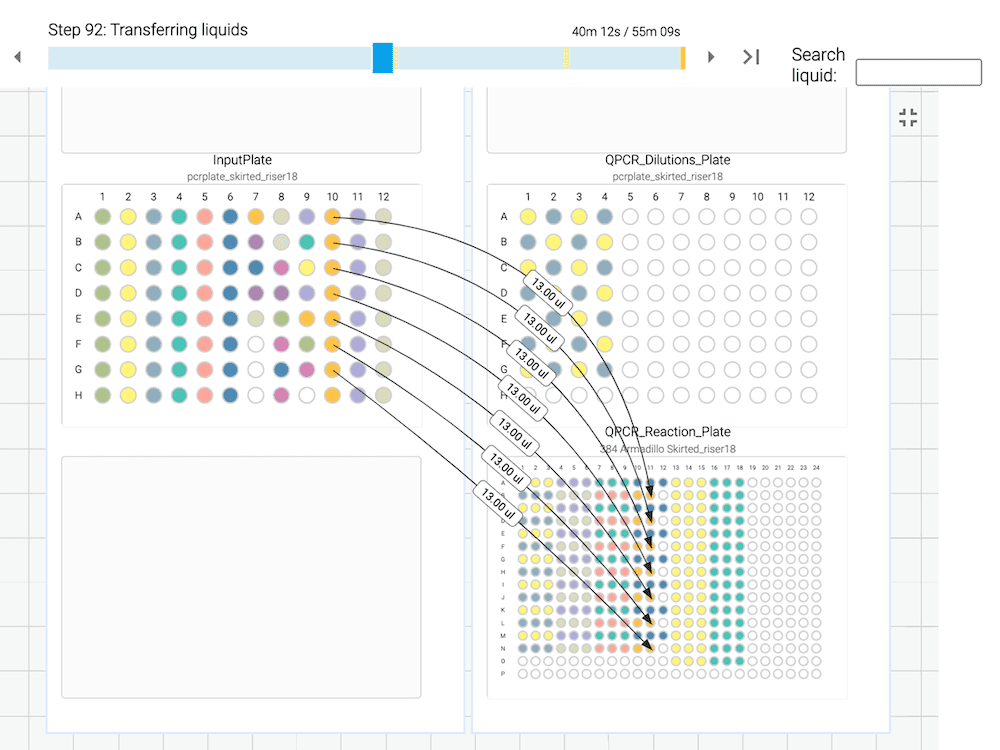
Easier to enable accurate pipetting
Synthace makes it easier for your entire team to use liquid handler automations, a prerequisite for accurate pipetting into 96 and 384 well plates. With drag and drop protocol design and a no-code interface, Synthace can get your foot on the automation ladder or take your automation to the next level.
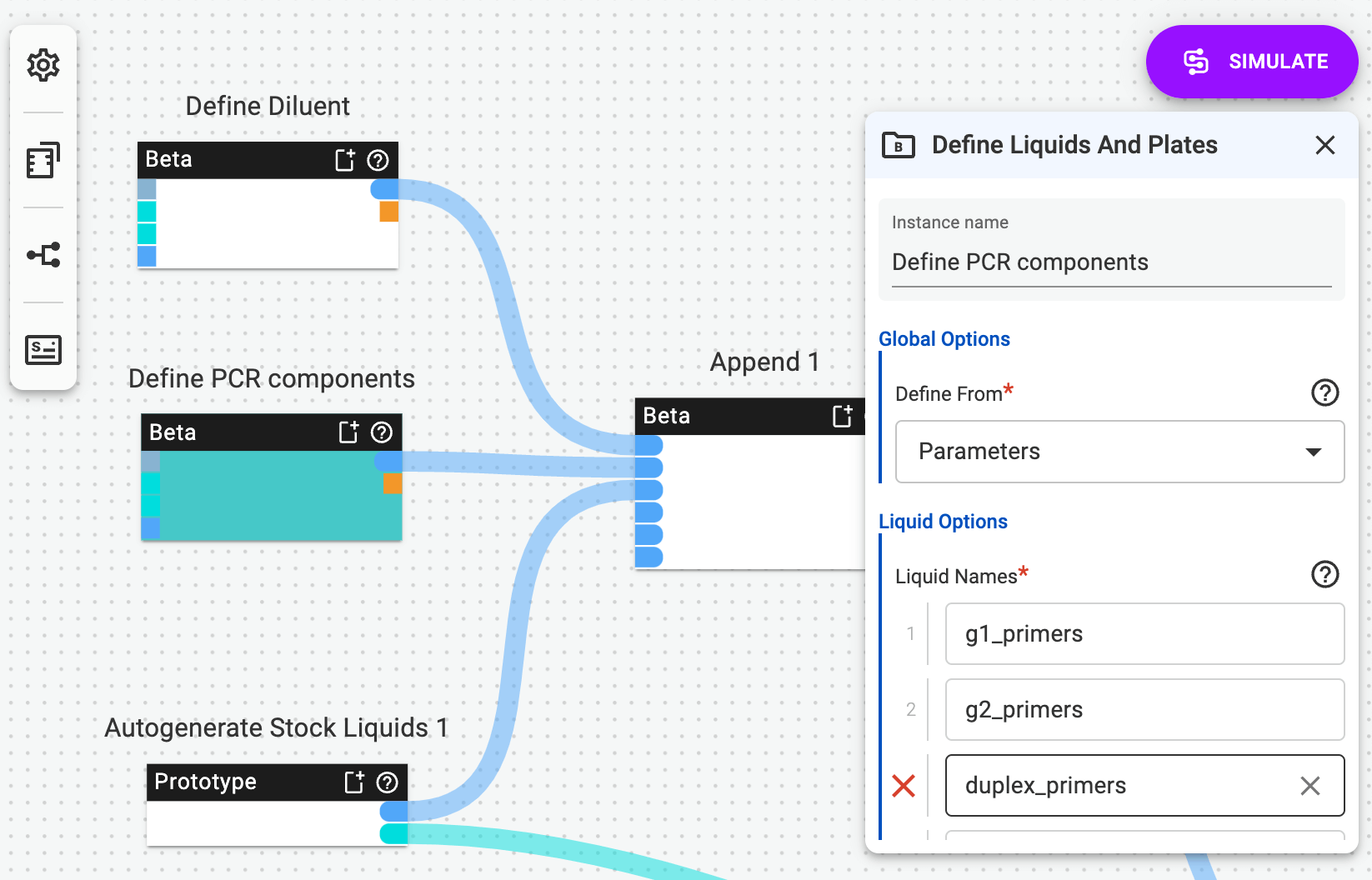
Flexible protocol changes whenever you need them
Synthace uses dynamic liquid handler programming, which means that any changes to the protocol you’re running—such as different sets of primers or samples—is updated automatically. There’s no need to redesign everything, Synthace dynamically handles all of these changes for you.

Match your designs with your data
Synthace keeps track of all liquid movements throughout your experiment, compiling all of your data and metadata in one place. With context-rich protocol design and management, you’ll easily be able to connect your data with the metadata for everything that happened at every stage of your run.
Best devices for
qPCR automation
We integrate with a variety of lab setups, but these are the ones we think work best for qPCR automation.
Their modularity allows the incorporation of various deck layouts and peripherals while the spacious deck accommodates heaters, shakers, and hotels.
Multichanneling and extended channel arm capability further enhance their versatility.
Their modularity allows the incorporation of various deck layouts and peripherals while the spacious deck accommodates heaters, shakers, and hotels.
Multichanneling and extended channel arm capability further enhance their versatility.
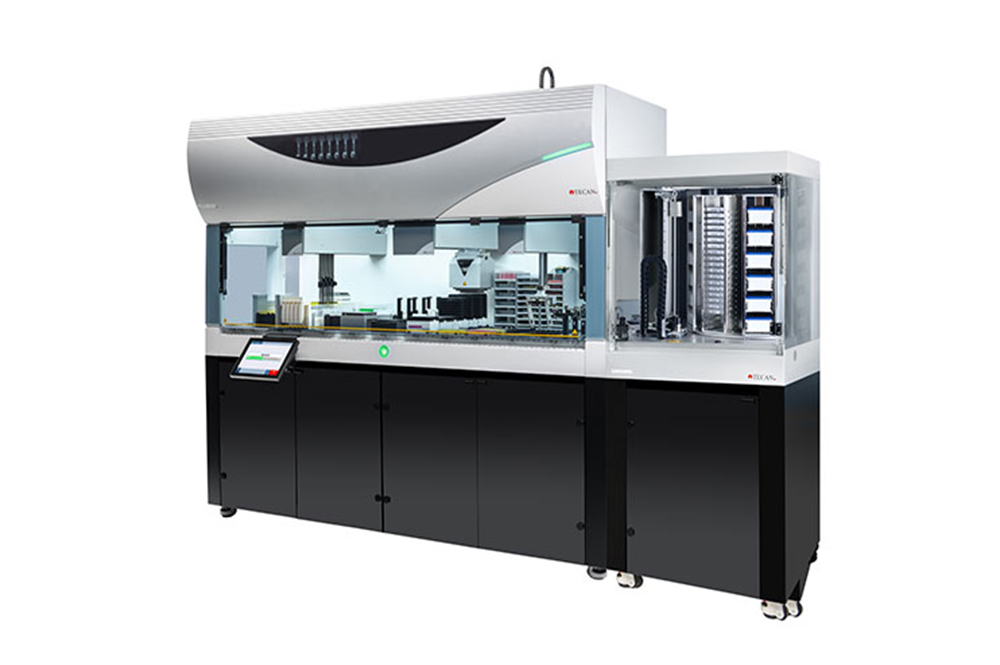
With 3 arm setups for liquid handling, CO-RE gripper, and i-Swap, these devices offer multiple configurations. CO-RE tips and channels from Hamilton are known for their extended lifespan, contributing to reduced accuracy drift with proper maintenance.
Additionally, they facilitate seamless integration with various third-party devices, such as qPCR machines.
With 3 arm setups for liquid handling, CO-RE gripper, and i-Swap, these devices offer multiple configurations. CO-RE tips and channels from Hamilton are known for their extended lifespan, contributing to reduced accuracy drift with proper maintenance.
Additionally, they facilitate seamless integration with various third-party devices, such as qPCR machines.
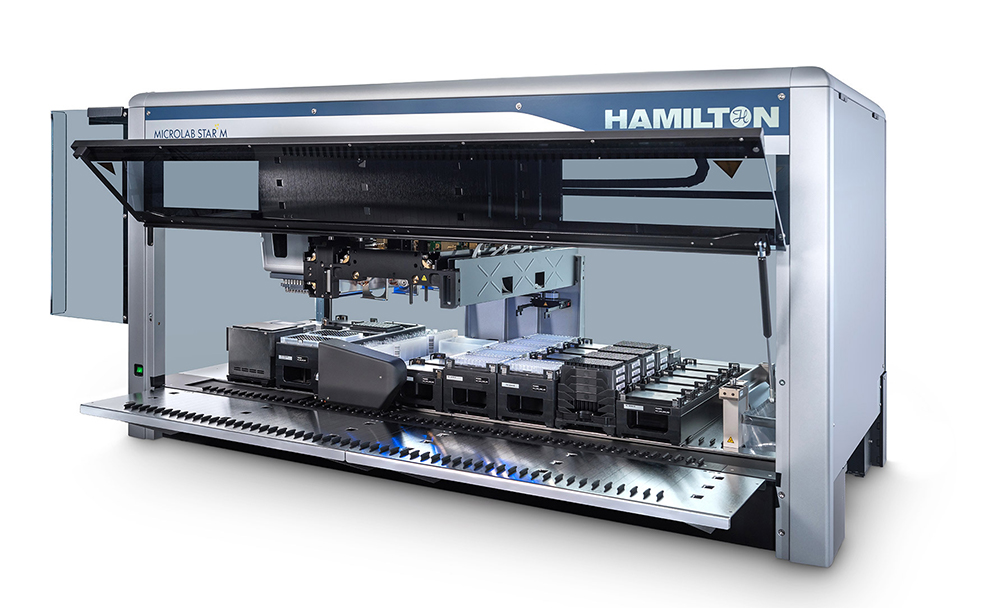
It offers a lower purchase cost and simplified maintenance.
With excellent accuracy and precision, it delivers reliable performance.
It offers a lower purchase cost and simplified maintenance.
With excellent accuracy and precision, it delivers reliable performance.
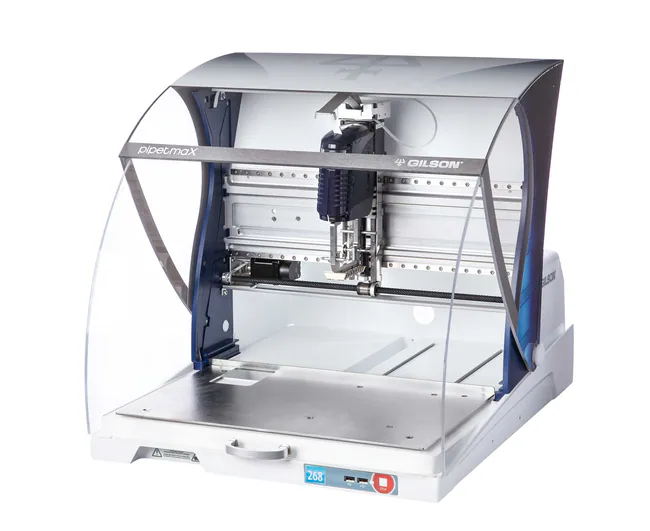
Their modularity allows the incorporation of various deck layouts and peripherals while the spacious deck accommodates heaters, shakers, and hotels.
Multichanneling and extended channel arm capability further enhance their versatility.

With 3 arm setups for liquid handling, CO-RE gripper, and i-Swap, these devices offer multiple configurations. CO-RE tips and channels from Hamilton are known for their extended lifespan, contributing to reduced accuracy drift with proper maintenance.
Additionally, they facilitate seamless integration with various third-party devices, such as qPCR machines.

It offers a lower purchase cost and simplified maintenance.
With excellent accuracy and precision, it delivers reliable performance.




